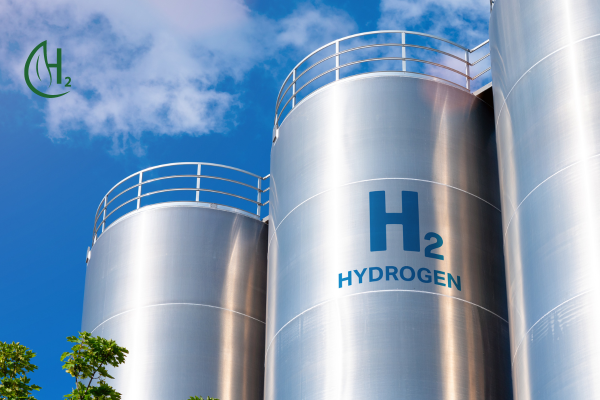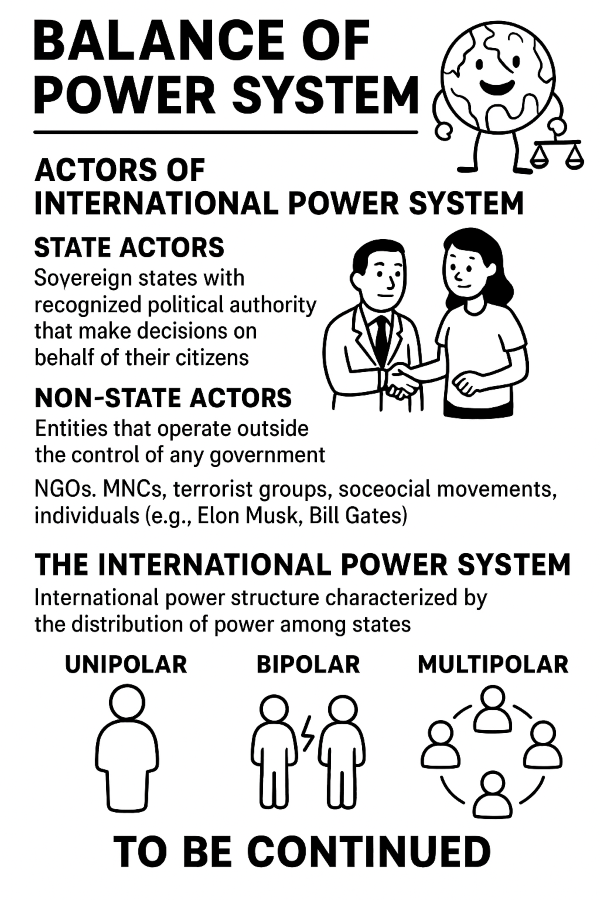GREEN HYDROGEN PROJECTS TO CURTAIL USE OF EMISSION CAUSING FOSSIL FUEL – IS IT SIMILAR TO PUTTING THE CART BEFORE THE HORSE ? – By N.S.Venkataraman

 Driven by the compulsive need to reduce or possibly eliminate the use of fossil fuel like crude oil and coal as a strategy to prevent emission of global warming noxious gases such as sulphur dioxide, carbon dioxide, nitrous oxide, governments all over the world have initiated earnest steps to boost the production of eco friendly green hydrogen. This policy of the governments is in tune with the global need.
Driven by the compulsive need to reduce or possibly eliminate the use of fossil fuel like crude oil and coal as a strategy to prevent emission of global warming noxious gases such as sulphur dioxide, carbon dioxide, nitrous oxide, governments all over the world have initiated earnest steps to boost the production of eco friendly green hydrogen. This policy of the governments is in tune with the global need.
India is one country which has taken several proactive measures to boost the production of green hydrogen and can be duly recognized as one of the major countries very actively involved in the efforts.
Scenario in India
The SIGHT (Strategic Intervention for Green Hydrogen Transition Programme) has been launched by government of India to promote green hydrogen projects in a big way.
India’s National Green Hydrogen Mission aims to produce 5 million metric tonne of green hydrogen each year by 2030. The government has set aside Rs.12,500 crore in incentives to support the green hydrogen projects in the country.
To produce green hydrogen, government of India has plans to establish a massive 15000 MW electrolyser manufacturing capacity that require an estimated investment of more than Rs.40,000 crore. It is reported that around 15 companies have been shortlisted to develop the 15000 MW electrolyser capacity. These companies are said to be in the various stages of planning stage.
Availing the government’s incentives , several green hydrogen projects are in the advanced stage of implementation or under planning in India at present in India.
Enthused by the government of India’s proactive policies, several global companies have offered to participate in the green hydrogen projects in India
U S based Ohmium has already commenced operation at its plant with the capacity of 2000 MW in India . Further, Ohmium is planning to set up an electrolyser and green hydrogen manufacturing facility in Tamil Nadu state with an initial investment of around Rs.400 crore.
A M Green Ammonia B V has announced that it has reached the final investment decision for its five million metric tonne green hydrogen project in Kakinada in Andhra Pradesh state to be commissioned in year 2030.
Singapore based Sembcorp industries has announced that it would set up 2,00,010 metric tonne per annum capacity of green ammonia plant in Tuticorin in Tamil Nadu state with an investment of Rs.36,388 crore.
Weak links in the chain:
The enthusiasm of the governments all over the world for green hydrogen projects and industry response are impressive.
However, there are weak links in the green hydrogen chain that need to be recognized and thought about , before going for massive projects for green hydrogen and green ammonia, which is produced from green hydrogen. Viewing the announcement for the green hydrogen projects and proposed huge investments in several countries , one gets an impression that the weak links in the green hydrogen chain do not cause concern and there seem to be wishful thinking that the constraints would somehow be overcome and links in the chain would somehow be strengthened !
Concern regarding production cost of green hydrogen and renewable power
As far as the existing technology available, the water electrolysis process for generation of green hydrogen from water is power intensive and production cost is higher for the green hydrogen than the cost of production of grey hydrogen presently made from fossil fuel .
Production cost difference between grey hydrogen produced from fossil fuel and green hydrogen produced from water is too wide at the present time. Green hydrogen produced through water electrolysis costs around 5 to 6 USD per kilogramme., while Grey hydrogen produced from fossil fuel cost only around 2 USD per kilogramme
To bring down cost, the cost of the electrolyser which splits water has to be reduced. Possibly, scale of green hydrogen plant capacity can bring down the cost to some extent. Another challenge is the efficiency of the electrolysers–basically, how much electricity it consumes to produce a kg of green hydrogen. Technology development efforts to reduce the cost of electrolyser are still underway and is evolving.
Today, the power requirement for production of green hydrogen is as high as 55 kWhr per kg of hydrogen.
For green hydrogen, power has to be necessarily renewable power such as solar power and wind power and certainly cannot be power generated from fossil fuel like coal or crude oil.
It is argued that the price of solar power and wind power have now become much less and the low price of renewal power will certainly reduce the cost of production of green hydrogen to some extent.
At the same time, it is necessary to take note about the possible shortfall and lack of consistency in the generation of renewable power for the green hydrogen project .As is well known, solar and wind power generation are seasonal and depend on climatic conditions and are not available throughout the day. Further, the capacity utilization of solar power and wind power units are only 20%.
Can the world generate adequate quantity of solar power and wind power in a consistent manner to meet the requirement of large number of green hydrogen projects being proposed?. It would be ironical , if power based on fossil fuel which causes emission would be used to supply power for green hydrogen projects, in the absence of availability of renewable power for a short or long duration for the production of green hydrogen. In such a case, it would not be green hydrogen.
It should be noted that the present global demand for grey hydrogen is around 96 million metric tonne per annum and this quantity of grey hydrogen is sought to be replaced by green hydrogen. Is it not a Utopian expectation ? Even 25% of the global requirement of grey hydrogen can not be replaced by green hydrogen in the next ten years , particularly given the uncertainty involved with regard to production cost of green hydrogen and availability and stability in the supply of renewable energy like solar power and wind power.
Transportation issues :
The cost consideration and reliability of transporting green hydrogen from the production centre to the consumption centre is still not very clear.
There is no global consensus yet about the transportation cost of green hydrogen and whether the existing natural gas pipeline can be put to use for transportation of green hydrogen, Further, there are technical constraints related to pipeline transmission. For instance, the embrittlement of steel and welds used in fabricating pipeline is an issue. Further, controlling hydrogen permeation and leaks as well as a reliable and durable compression technology for compressing the green hydrogen at acceptable cost for transportation by pipeline is another issue.
Is it similar to putting the cart before the horse ?
While there are uncertainties with regard to the possibilities and prospects of generating green hydrogen in a cost effective manner , it is surprising that green hydrogen is being hailed as the ultimate solution to overcome the emission issue and prevent climate threat.
Millions of dollars are being pumped by different countries including India, for the green hydrogen projects , anticipating that the production cost of green hydrogen would be reduced to the level of grey hydrogen and renewable power availability and reliability would be improved to the level of need. It is only hope at the preent time.
Likely scenario :
In all likelihood, green hydrogen projects have to be heavily subsidized by countries promoting green hydrogen projects in a massive way.
From green hydrogen , green ammonia is proposed to be produced and green ammonia projects are also being planned in a big way. Ammonia is feedstock for the production of several fertilisers such as urea , ammonium nitrate , di ammonium phosphate and so on which are produced in huge quantity in the world. Expensive green hydrogen would considerably increase the production cost of green ammonia based fertilisers, which the farmers cannot afford.
Certainly, the government subsidy support for green hydrogen and green ammonia would become the compulsive need to sustain green hydrogen / green ammonia economy. To what extent , governments can do and particularly, India government can do ,is the moot question.
For example, the European Commission has now given state aid approval for a Euro 998 million subsidy auction scheme put forward by the Dutch government , which seeks to support atleast 200 MW of green hydrogen production capacity. Dutch government will provide grants worth upto 80% of the upfront investment cost of projects as well as a variable premium over a period of 5 to 10 years, in the hope of lowering the production cost of green hydrogen.
While the above move of the Dutch government showcase that the governments around the world are backing green hydrogen as the fuel of the future , at the present time one cannot but conclude that the investment in green hydrogen projects are a calculated risk.























